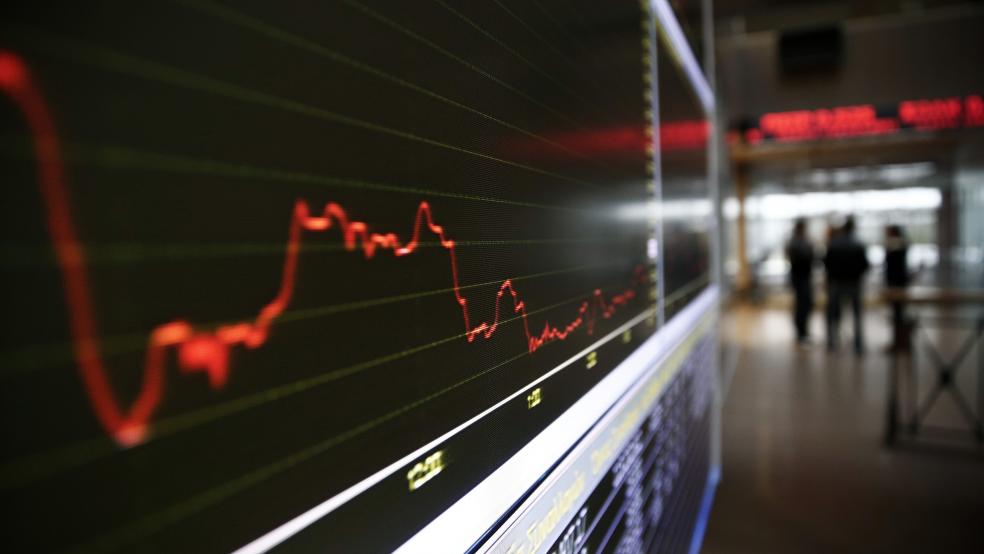The job market is “sizzling,” says Moody's Analytics chief economist Mark Zandi, thanks in part to the deficit-financed tax cuts and government spending increases that went into effect this year.
The unemployment rate fell to a 49-year low of 3.7 percent last month, the government reported on Friday, as employers added 134,000 jobs. Zandi thinks the stronger economic growth we’re seeing right now is probably temporary, but even so it should be enough to reduce the unemployment rate to the “low 3s” later this year.
“The last time unemployment was as low was in the Korean War when 10 percent of the American workforce was fighting the war," Zandi told Politico’s Ben White.
Reuters’ Howard Schneider says the strong jobs report is the latest confirmation that the economy is finally getting back to normal 10 years after the onset of the global financial crisis. Higher interest rates are another sign of a return to more typical economic conditions. Treasury rates jumped sharply this week, with the 10-year climbing above 3.2 percent on Friday, the highest level since 2011.
Schneider says that current fiscal and monetary policies will likely continue to push rates higher in the coming months:
“To pay for the Republican tax cuts and the bump in defense spending, the Treasury is flooding the market with bonds at a near-record pace, with gross issuance of bills, notes and bonds in August topping $1 trillion in a month for only the second time ever, according to federal SIFMA data.
“To sell all those bonds, the Treasury may have to pay higher rates. Meanwhile, a major customer, the Fed, whose purchases of $3.5 trillion of assets during and after the crisis helped foster the recovery, has started shrinking its bond portfolio by $50 billion a month.”
While higher rates can be seen as a welcome sign of a healthier economy, they could cause problems if they rise too fast, Schneider says. Higher rates make home and auto loans and other forms of credit more expensive, potentially creating a drag on economic growth — and they raise the interest cost of our national debt.




